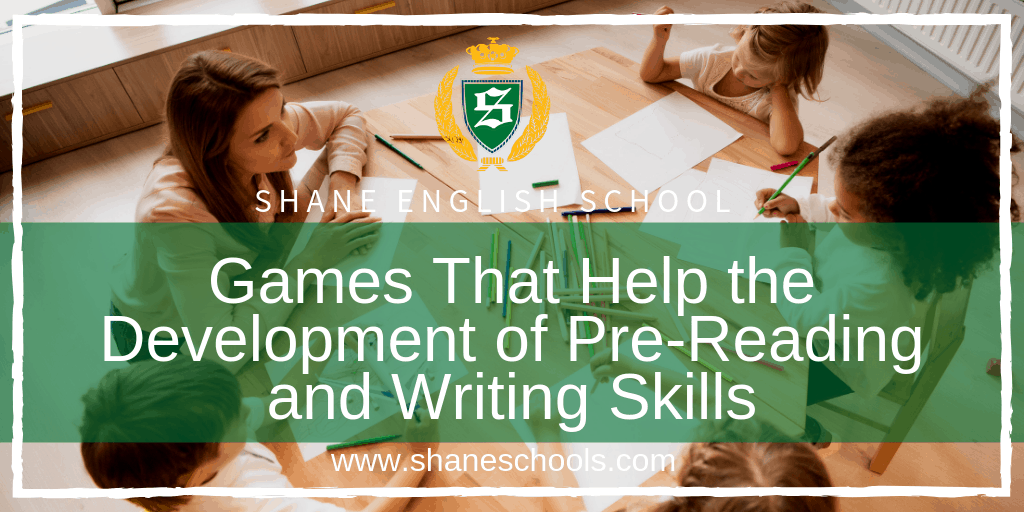Students will soon be in classrooms, learning reading and writing, basic skills needed for education. Some do it smoothly and without problems, and some struggle and make mistakes. Learning to read and write begins long before going to school. Preparations have lasted for years and will, among other things, influence mastering these skills that different children adopt in different ways.
Before the students begin to master reading and writing, it is necessary to adopt some pre-reading skills. While reading a picture book, children learn to differentiate text from images. They also notice that the text goes from left to right, from top to bottom. They are beginning to develop all levels of phonological consciousness.
Children also follow a predictable path of learning how to write. Most children who are exposed to written words naturally begin to write. The pace of development of literacy varies from child to child, but stages in the development of literacy have a predictable sequence.
Here are some games that you can use to develop the students’ pre-reading and writing skills:
1. How Many Words Are in the Sentence?
The children sit in a circle and there is a ball in the middle. The rules of the game are: the teacher says a sentence, and the children should repeat it. The child who starts the game takes the ball and says the first word of the sentence then passes the ball to the next child who needs to say the following word and so on in order. Children together count how many words there are in the sentence. Then another sentence is given. For example: Aunt Mary likes to watch movies.
The teacher gives the ball to the first child, who says “Aunt” and passes the ball to the next child who says “Mary” and so on. Once the sentence is complete, count on your fingers how many words your sentence has. “Aunt Mary likes to watch movies” has six words.
After a few sentences, when you see that the students have understood the task and can correctly count the words, begin to make some more complex ones.
2. Rhyme in a Bag
Fill a paper bag with pairs of rhyming words, and the students, one by one, draw words from the bag until they make as many pairs as possible in the rhymes:
Rhyme examples: fun – run, hot – pot, pool – school, yarn – barn, boat – coat, sing – wing, hero – zero.
Students may find this useful: Using Mnemonics to Learn English
3. Sound-Picture-Book
For this activity, you need old magazines, sheets of papers, glue, a folder, a hole puncher, and some ribbon. You will need a folder to store and save all of the papers once they are done, or you can punch holes in the papers and tie them with the ribbon. On each paper, in the top corner, put one letter of the alphabet (write it or cut out and glue it). The children cut images from the magazines and glue them on the paper with the appropriate initial sound. The sound-picture-book is created gradually and you can always upgrade it. In this way, children identify and recognize letters and sounds.
4. Playing with Clips – Letter Analysis
For this activity, you will need wooden clips for clothes, pens, old magazines, cardboard cards (dimensions about 7 × 7 cm), and glue. The students cut out the pictures (vegetables, fruits, school supplies, toys) from the magazines and glue them to the cardboard cards. It is desirable that they begin with the words that consist of only 3-4 letters so they can ease into the game. The teacher then writes the letters on the clips, possibly more of the same letters, for example, those that are often repeated: a, e, o, u, p… depending on the pictures that the students choose from the magazines.
The teacher places the cards in a box, a student pulls a card out of it, says what’s the image that is on the card and tries to separate the word into letters and hook the appropriate letter-clip on the card. This activity can be simplified: the students only place one clip – the initial letter.
5. A Cup Full of Syllables
For this game that helps develop pre-reading and writing skills, you will only need plastic cups. Then you will ask the students to make small balls out of paper or some other material. Write a number on each of the plastic cups – 1, 2, 3, 4. You can also draw circles instead of writing the numbers. Prepare a list of words of different lengths. The students will go one by one. Read a word to the student, and then they must determine how many syllables the word consists of. Have the pupil put a ball they made into the appropriate plastic cup depending on the number of syllables in the word. It is also useful, and not to mention helpful, to keep track of the syllables by clapping.
Some children learn to read and write quite easily and completely naturally, and for some it’s a bit harder, but they also succeed with a little more effort and individual work to master these skills. But some children have seemingly unusual difficulties that they cannot overcome, no matter how hard they try.
Given that reading and writing skills are acquired and developed during the first grades of elementary school, teachers are among the first individuals to notice signs of dyslexia and dysgraphia in children. It is important to inform the parents and to refer them to a specialist or speech therapist as soon as you notice any signs of dysgraphia or dyslexia.
Want more like this? Visit our Teaching Tips blog.
About the Author
Milica Madić is freelance blog/article writer from Serbia with experience in working with young learners

We're hiring!
With schools around the world, Shane English School always has exciting new opportunities to offer.


